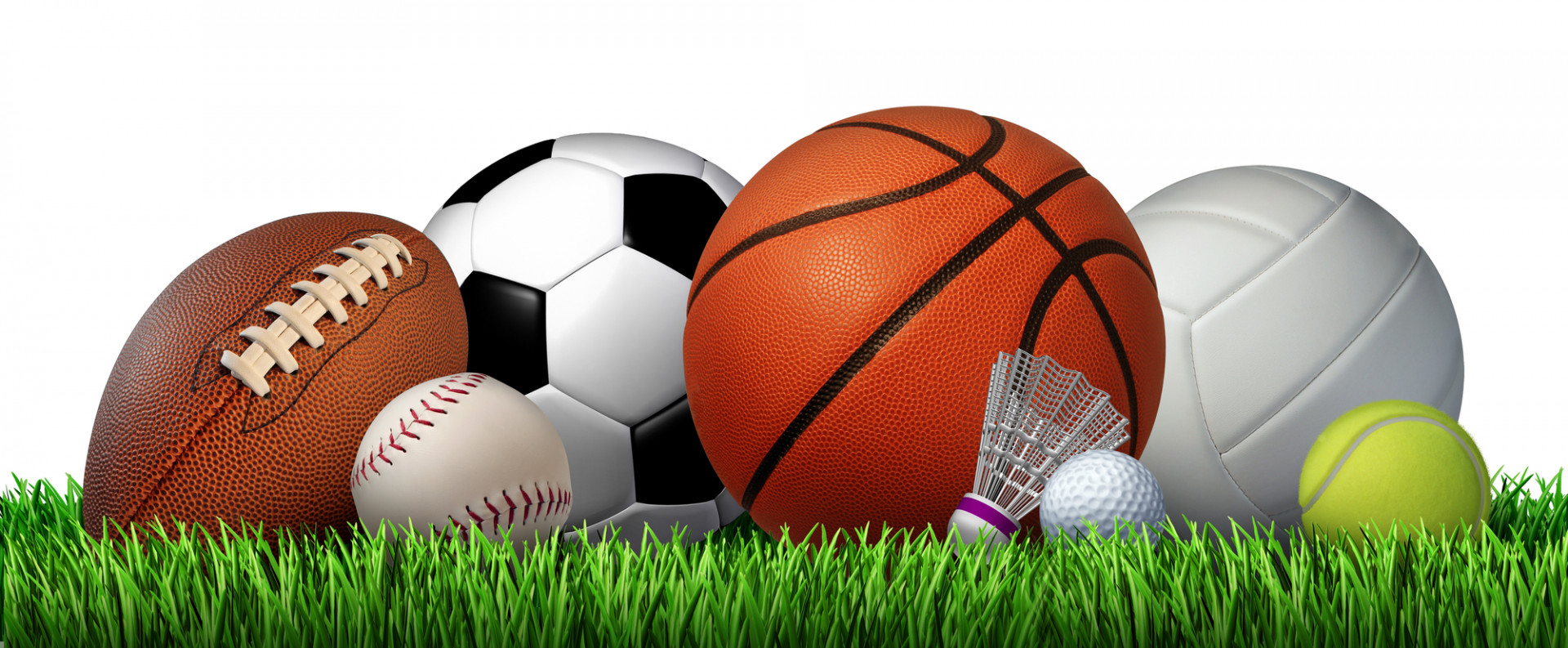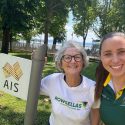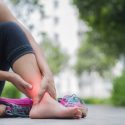
The COVID-19 pandemic has created huge repercussions across the world and changed our way of life drastically. No one alive today has experienced anything like the restrictions we have experienced and there are many unknowns of how such long periods of shutdowns will affect both our physical and mental health. NSW in particular will be coming out of a 4-month hard lockdown with restrictions on gyms and outdoor recreation to lift and eventually the return of competitive sport (possibly next year). There is light at the end of the tunnel! But as sport physiotherapists, we cannot help but wonder how this will affect injury rates.
A recent case report written by the Bundesliga – the highest level of professional soccer in Germany – investigated injury rates of players coming out of isolation and resuming competitive play. Researchers found that the rate of injury post-lockdown TRIPLED compared to before lockdown!
While many professional players tried to train and maintain their conditioning in isolation, there is simply no alternative to the real thing. After all, no amount of treadmill running, cycling or resistance training can replace actually PLAYING the game.
The only other time we have seen such a long halt of professional play was in 2011 where the NFL (American football) had a 20-week lockout and suspension of games due to disputes regarding player salaries. Following this, injury rates were shown to double – particularly Achille’s ruptures. As more professional sports collect data on their players, we will likely see more incidences of this happening.
So, what can we do about this?
The circumstances of the last 2 years are unprecedented. We do not have previous data to guide us in knowing the extent of its impact on injury rates in sporting populations. HOWEVER, there are actions we can take to minimise risk of injury as we return to sport and exercise.
A paper was published in the International Journal of Sports Medicine which reviewed the available evidence related to the potential changes in physical function following modified training and strategies to mitigate this decline in function. Here are some takeaways:
-
Before returning to play, first return to conditioning
Instead of pulling out the boots and going straight into your first game, make sure to plan out an exercise regime that you can start 6-8 weeks before. If you are not sure what to do, feel free to see one of our physio’s who can teach you how to implement your own program.
-
Steady progression in work load
Your body needs to adapt slowly to increased work loads after being off for so long. Make sure you increase your intensity and duration of exercise/sport gradually. We have a myriad of research telling us that people who overload their training suddenly also have increased rate of injury.
-
Don’t let something small become something big
One of the biggest factors for injury is previous injury to the same area. One of the suggestions made by the authors of the review was to use the lockdown period as an opportunity to rehabilitate and facilitate recovery of previous injuries and build on and deficits in physical function. Again, if you need help with this, get help from one of our physio’s!
Returning to sport and staying active is going to be more important than ever before as we come out of a difficult period for everyone. Make sure you keep yourself prepared physically and return to sport safely! Contact any of our clinics if you have any concerns of queries.
References
- Keith A. Stokes, Ben Jones, Mark Bennett, Graeme L. Close, Nicholas Gill, James H. Hull, Andreas M. Kasper, Simon P.T. Kemp, Stephen D. Mellalieu, Nicholas Peirce, Bob Stewart, Benjamin T. Wall, Stephen W. West, Matthew Cross. Returning to Play after Prolonged Training Restrictions in Professional Collision Sports. International Journal of Sports Medicine, 2020; DOI: 10.1055/a-1180-3692
- Seshadri, D. R., Thom, M. L., Harlow, E. R., Drummond, C. K., & Voos, J. E. (2021). Case Report: Return to Sport Following the COVID-19 Lockdown and Its Impact on Injury Rates in the German Soccer League. Frontiers in sports and active living, 3, 604226. https://doi.org/10.3389/fspor.2021.604226
- Myer GD, Faigenbaum AD, Cherny CE et al. Did the NFL Lockout
- expose the Achilles heel of competitive sports? J Orthop Sports Phys
- Ther 2011; 41: 702–705
- Binney ZO, Hammond KE, Klein M et al. NFL injuries before and after
- the 2011 Collective Bargaining Agreement (CBA)
- arXiv:1805.01271v1 [stat.AP] 3 May; 2018








